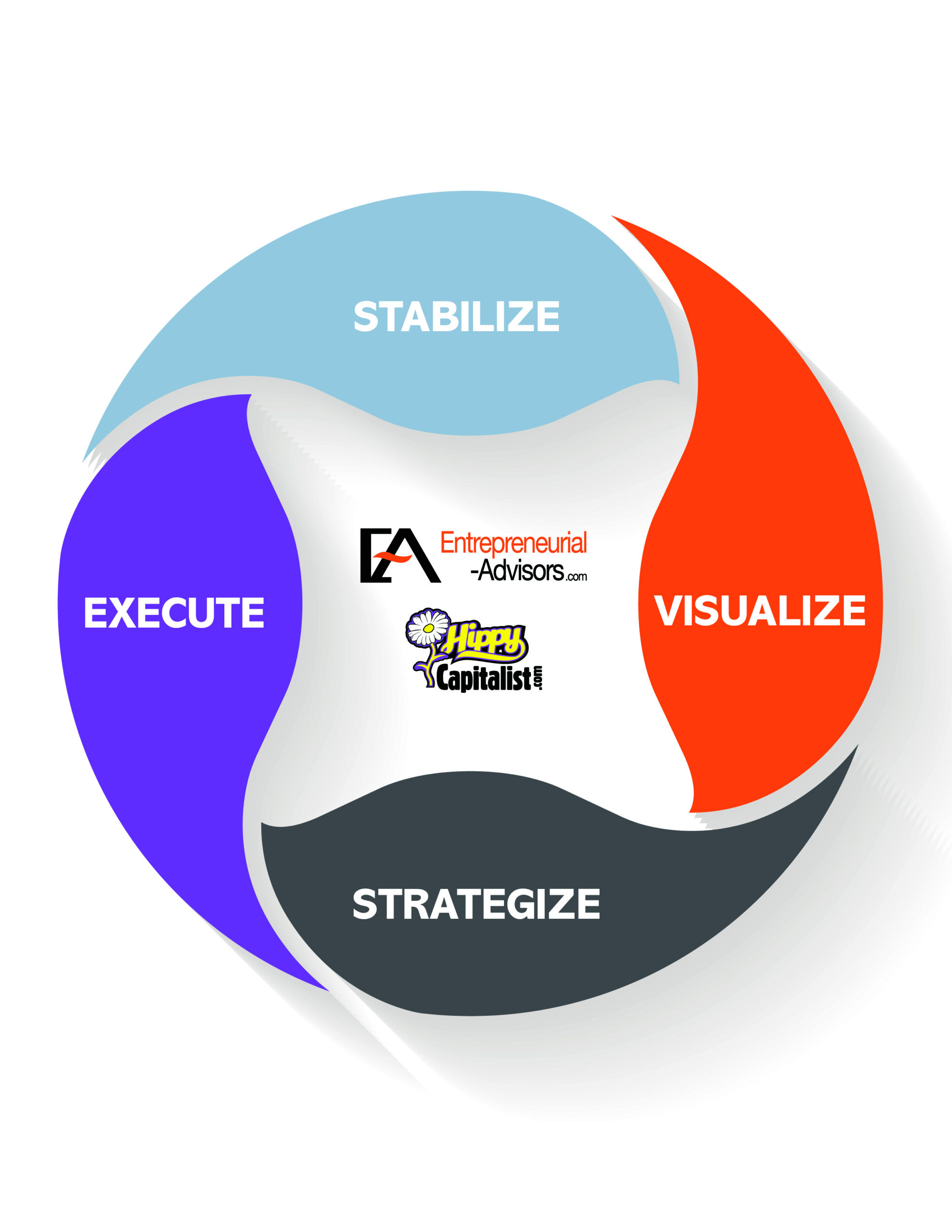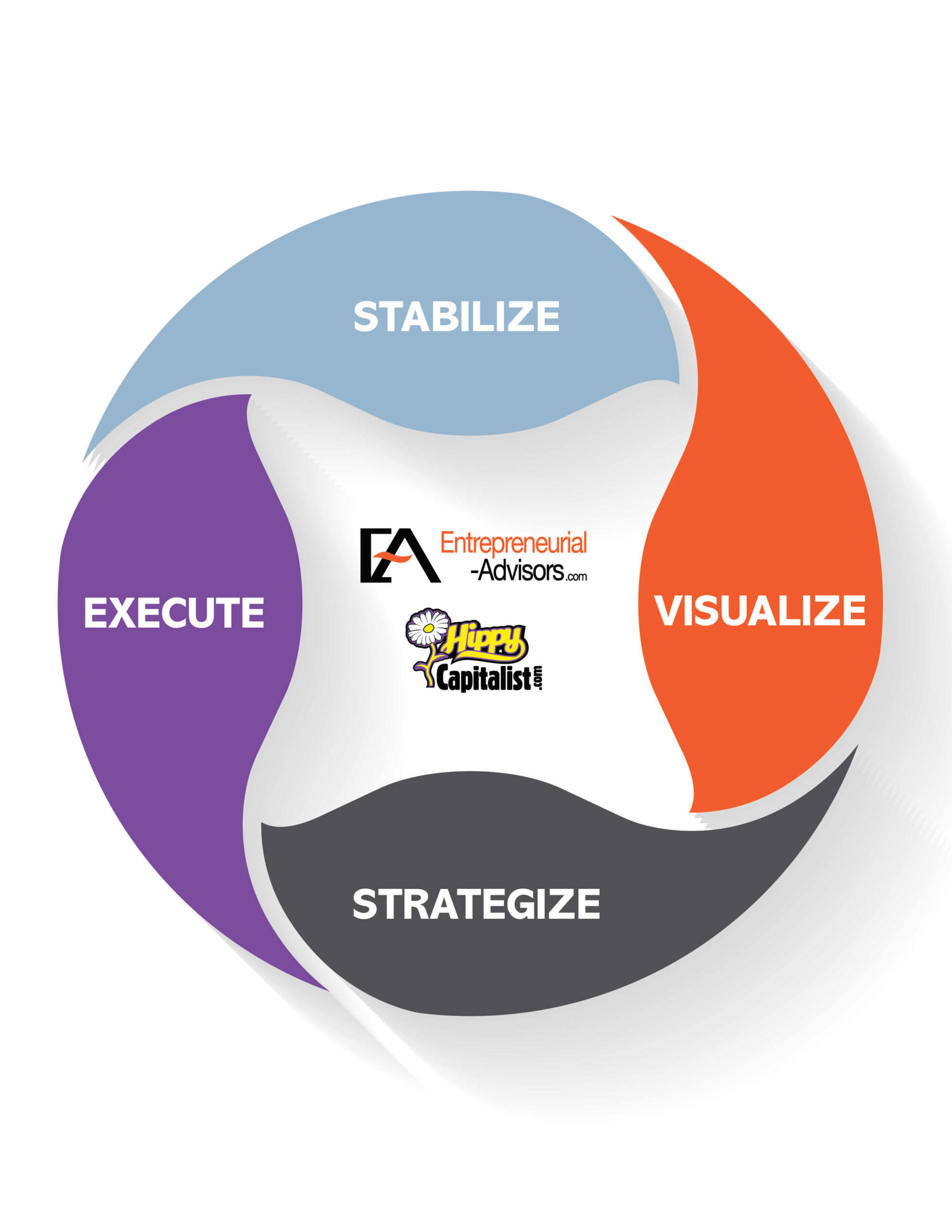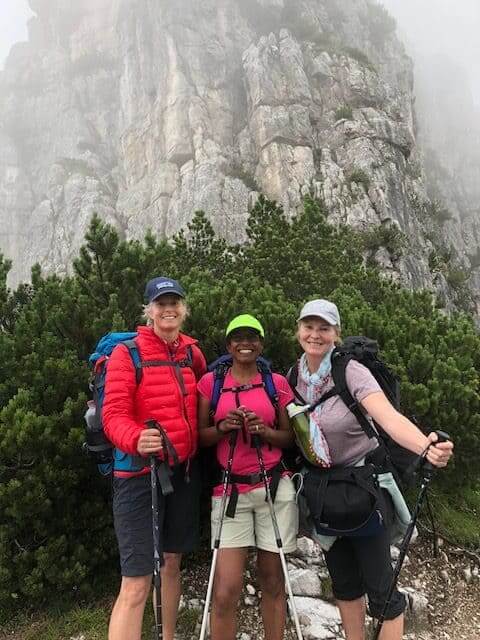Blog #275
It took me a long time to fully embrace that as a leader, teacher, facilitator, advisor, and coach, I need to meet the people I work with where they are at in order for them to grow. Often, when we learn a new tool, process, or technique, we want to teach this to the people we work with, though it may not be what they need at the time. In other cases, a manager may have a certain agenda in mind, and they stay laser-focused on driving or teaching that agenda, even if it falls on deaf ears.
Start by outlining the agenda and objectives of the exercise. It is important to have a good understanding of where each member of you team is so you can adjust your approach accordingly. If it feels like you are not on the same page, dig deeper to see how you can be certain that your objectives clearly resonate with all team members.
What I mean by “meeting them where they are at” is this: I believe most leaders, leadership teams, and couples fall into one (and often several) of these stages at the same time.
Below are the four stages of organizational growth:
- Stabilize. If you feel like life is in non-stop firefighting mode, you are constantly reacting, and never have enough time, you are in this phase. The reality is that until you can stabilize your life, you will not be effective in the other stages.
- Visualize. If you feel you have forgotten how to dream and look into the future, you are not alone. When we live a life of continual reaction, we tend to lose sight of what we initially desired and where we wanted to go. People often burdened with the demands of day-to day life forget to come up for air; when they finally do, they are lost about where they want to go in the future. As a result, they may bump along life’s path without really thriving. This can change when you learn to dream again, visualize where you want to go, and define what great looks like for you.
- Strategize. This is when you take your personal vision and create a tactical strategy to achieve it. Start by sharing the vision with those involved. Set clear, simple goals to achieve that vision then break it down into bite-sized chunks. You are building your roadmap for how you will reach your goals and make your vision a reality.
- Execute. This step involves implementing the right clarity, accountability, and tools into your strategy. Many of these tools may cross over with those used for stabilization (we can always come back later to refine and improve them). Staying focused and continuing to drive in the execution stage is what pulls it all together.

These four stages begin forming a flywheel, which will build your momentum. As things come into place, everything starts working better and more efficiently. Keep in mind that constant refinement and adjustments result from expanded success.
By reviewing these four stages, people are able to visualize and dream in a focused manner. In session, we regularly address multiple pieces of the puzzle at the same time, as well as define the best tool(s) to achieve this. Fully understanding where someone is, and which tool will be the most valuable for them at that time is a truly effective leadership strategy.
As a leader, are you meeting your team members where they are? Are you using the right tools at the right time to maximize their talents? Want to learn more? Contact Kris today for an individual consultation.
Keep Smiling,
Kris






